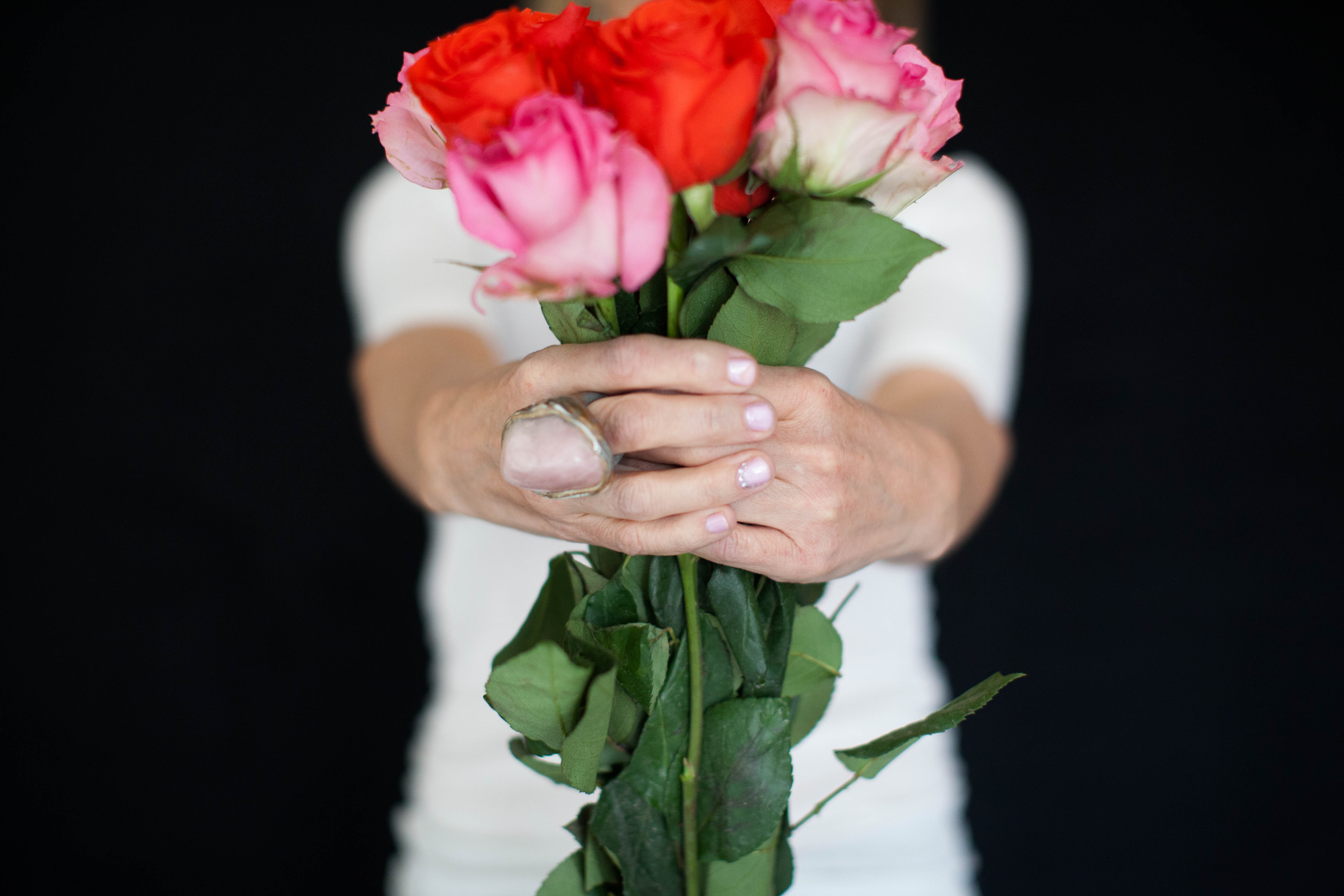Q & A: how is Feng Shui different from design?
while often considered another language for good design, Feng Shui is different from design. it focuses less on how a space looks and more on how it feels. Feng Shui pivots to energy quality first, design second. it interprets the quality of energy through yin/yang balance; the 5 Chinese elements; and chi enhancers. get these right, and your house becomes your ‘positive energy’ charging station.
how?
our surroundings influence how we feel and act. we feel empowered when we draw positive support from our homes. walk into your day empowered, and it changes EVERYTHING. we radiate courage, confidence and compassion. and when we feel that good, we summon really good things into our lives!
so, today’s question thrills me because Feng Shui is often considered a design trend. however, there are some BIG distinctions between Feng Shui and interior design. so, let’s look at this week’s Q through the lens of a client.
THE QUESTION: how is Feng Shui different from design?
a client hires a designer to give her bedroom a makeover. the client envisions a bedroom where she unwinds, leaving work and worries at the door. she wants the space to feel intimate, too, so she can invite a partner into the space. and since she’s indulging in her dream bedroom, she would LOVE an all-white sanctuary.
a good designer will emphasize the value of high-quality fabrics, mood lighting, beautiful furniture, and comfortable flooring. their instincts will favor a generous layout, encouraging good flow through the space. there will be balance and beauty, and the room will be swoon-worthy.
up until this point, Feng Shui and design are walking hand-in-hand.
however, if the room is draped predominantly in white, this is where Feng Shui and design diverge.
THE SHUI
while the color white is not problematic itself, Feng Shui reads the client’s request differently.
each color represents a different element (water, wood, fire, earth, and metal). the 5 elements LOVE to be in each other’s company. when they sustain each other, we benefit tremendously. think of them like your 5 senses. you might manage without a couple, but your appreciation for life is enhanced through all of them, right?
when a couple elements are missing or dominant within a space, we miss out on a fuller life experience.

TELL ME MORE.
white is the color associated with the element metal. metal has amazing superpowers. it favors form and function. it improves our discernment. metal speaks to beauty, refinement, and precision, and it is the color of creativity.
however, without the other elements equally present to keep metal in check, its overdose has consequences. excessive white (metal) triggers irritability. it is a demanding color, making it harder to turn off *work brain*. without a break from it, we micromanage details, often at the sake of productivity. and should we have any OCD tendencies, an excess of white exacerbates those.
while an all-white room might look fabulous, it won’t achieve the client’s desired feelings for her dream bedroom.
HOW DO WE INCORPORATE GOOD FENG SHUI INTO THE DESIGN PROCESS?
the client doesn’t need to compromise her color scheme necessarily. an off-white palette would minimize the glaring pressure of bright white. i would also encourage accessorizing with the other elements. even if she doesn’t introduce different colors, the remaining four elements can offset the white-washed space.
for example, task lighting bedside instills earth’s settling-in vibe. a few candles warms the room with fire’s energy. linen bedding introduces wood’s flexibility. and glass vases filled with fresh flowers bring in the steady company of water.
a designer identifies and composes a storehouse of creative ideas. Feng Shui helps filter those decisions. put the two together, and they ultimately support, align, and over-deliver on the client’s objectives.
xo
P.S. (time is running out…)
the workbook bundle is on sale for 50% off, which means you score all 5 workbooks for $50! grab the bundle now, because all the workbooks will retire before the end of May!




